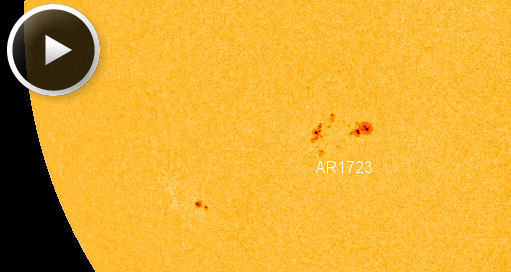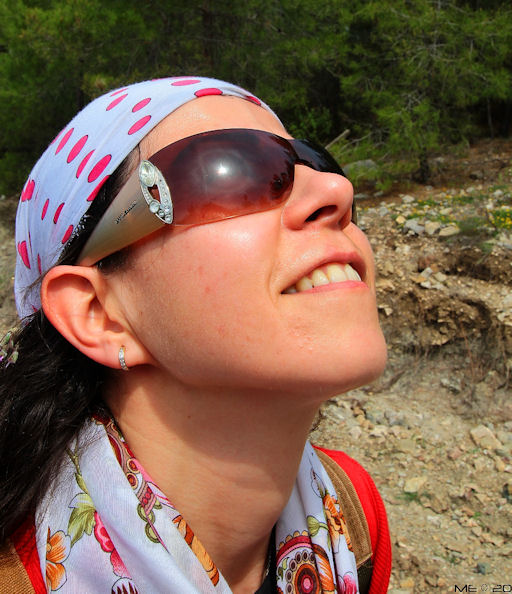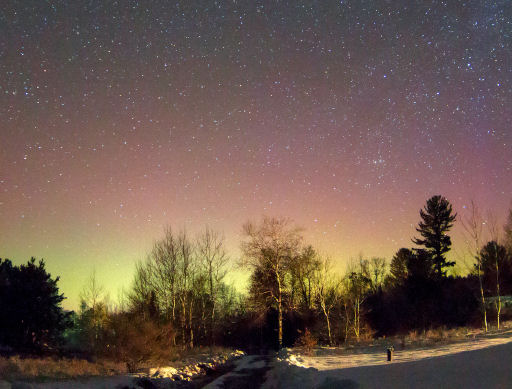When is the best time to see auroras? Where is the best place to go? And how do you photograph them? These questions and more are answered in a new book, Northern Lights - a Guide, by Pal Brekke & Fredrik Broms. | | |
DARK MATTER ON THE ISS: A particle detector on board the International Space Station has recorded intriguing signs of Dark Matter that could reveal what the mysterious substance is made of. If the finding holds up, it could lead to significant advances in cosmology. [full story] [video]
FAST-GROWING SUNSPOT: Two days ago, sunspot AR1723 did not exist. Now it sprawls nearly 100,000 km (8 Earth-diameters) across the sun's southern hemisphere. NASA's Solar Dynamics Observatory is monitoring the sunspot's rapid expansion:

AR1723 has a 'beta-gamma' magnetic field that harbors energy for M-class solar flares. If the magnetic field is changing as quickly as the underlying sunspot, it could become unstable and explode. Stay tuned for updates, as Earth would be in the line of fire. Solar flare alerts: text, voice.
Realtime Space Weather Photo Gallery
THE BEHOLDER: Beauty is in the eye of the beholder, or in this case, the sunglasses. Look carefully at the reflection of the sun in the shades of this young woman. There is a beautiful ring around the sun:

Mustafa Erol took the picture on April 14th from Antalya, Turkey.
The ring around the sun is not an artifact of the lens. "We could see it in the sky," says Erol. It is a luminous halo caused by hexagonal ice crystals in cirrus clouds. When sunlight hits the crystals floating 5 to 10 km above Earth's surface, the rays of the sun are refracted into a circle with radius 22o. Looking through sunglasses is a good way to see this common phenomenon. Apparently, looking at sunglasses works, too.
Realtime Space Weather Photo Gallery
CME IMPACT: A coronal mass ejection (CME) hit Earth's magnetic field on April 13th. The impact was not a strong one; geomagnetic activity never crossed storm thresholds. Nevertheless, the impact sparked faint auroras photographed in several northern-tier US states. Brian Larmay sends this exposure from Beecher, Wisconsin:

"I got up at 230 am CST to see if the auroras had made their way south, and I saw a glow that looked to he naked eye like light pollution," says Larmay. "My camera revealed the colors. I didn't expect much of a display because the CME impact was rather weak--but there it was."
"I have noticed that the southern hemisphere of the sun is starting to pepper more with spots," he continues. Indeed, the southern hemisphere has been lagging behind the north in sunspot production, and it might be starting to catch up. A surge in southern sunspot production would boost solar activity. "This is good news for the aurora chasers," Larmay opines, and he is right! Aurora alerts: text, voice.
Realtime Aurora Photo Gallery
Realtime Aurora Photo Gallery
Realtime Comet Photo Gallery
Realtime Noctilucent Cloud Photo Gallery
[previous years: 2003, 2004, 2005, 2006, 2007, 2008, 2009, 2011]

